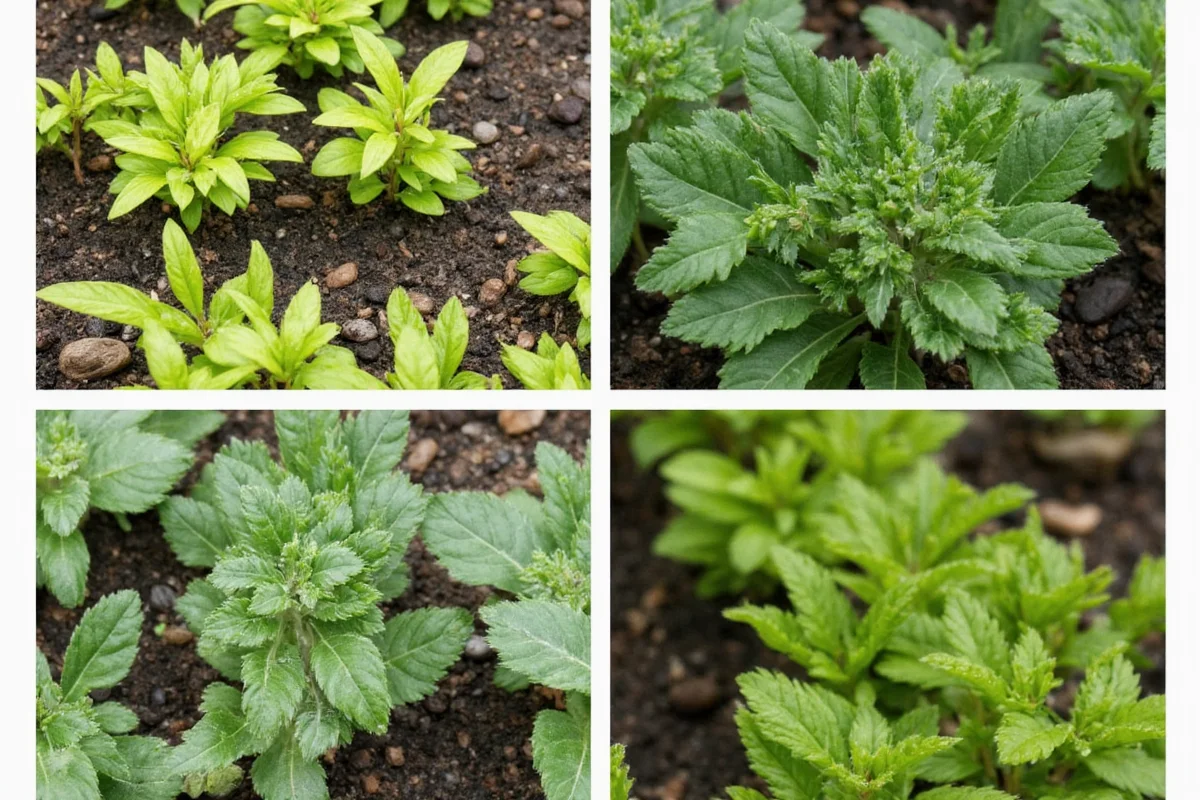Monocarpic succulents are a fascinating category of plants that present a unique lifecycle. These plants flower once and then die, and understanding them can ensure their proper care and appreciation. This article will delve into everything you need to know about monocarpic succulents, from their lifecycle to their care requirements, benefits, popular species, and common challenges they face.
Understanding the Lifecycle of Monocarpic Succulents
The term "monocarpic" comes from the Greek words "mono," meaning once, and "karpos," meaning fruit. Monocarpic succulents grow, bloom, and produce seeds, and then they die. This lifecycle is distinct from other plants that may flower multiple times throughout their lives. The flowering process usually marks the pinnacle of a monocarpic succulent's life. Observing a monocarpic succulent in bloom is a remarkable event, as it signifies the culmination of its entire growth process.
During the flowering stage, the plant invests all its energy into producing a flower that can attract pollinators. After successful pollination, seeds are produced, and the parent plant typically expires, having fulfilled its lifecycle objective. However, some monocarpic succulents offset the lifecycle loss by producing offshoots or pups that continue growing, essentially prolonging the life of the species. These characteristics make monocarpic succulents both challenging and rewarding for gardeners to cultivate.
- Grow to mature for a single bloom.
- Invest all energy in flowering and seed production.
- Die after completing their lifecycle.
- May produce pups for continued growth.
How to Care for Monocarpic Succulents
Caring for monocarpic succulents requires specific attention due to their unique lifecycle characteristics. First and foremost, placement is crucial as these succulents would thrive in areas with adequate sunlight. Despite their hardy nature, they are susceptible to overwatering, which can lead to root rot. Instead, allow the soil to dry between watering sessions, mimicking their natural arid habitat.
As they reach maturity and approach the blooming phase, ensuring nutrient-rich soil can help provide the necessary energy required for flowering. Fertilizers can be used sparingly as over application can harm succulents. After flowering, while some succulents die off, others may leave behind "pups" or offsets. These should be attended to so they can grow into new plants, perpetuating the lifecycle.
- Place in sunlight-rich areas.
- Avoid overwatering; allow soil to dry.
- Use nutrient-rich soil, especially before blooming.
- Care for pups or offsets after the parent plant dies.
Benefits of Growing Monocarpic Succulents
Despite their ephemeral bloom, monocarpic succulents offer several benefits to those interested in horticulture. Firstly, they provide a remarkable visual display during their flowering phase, often becoming the focal point of any garden. Moreover, their lifecycle offers educational opportunities for those interested in plant biology, providing insight into plant reproductive strategies.
From a garden design perspective, monocarpic succulents can offer seasonal variety, creating dynamic changes in appearance and structure. These plants can also be cultivated to produce offsets, ensuring continuity even after the parent plant dies. Furthermore, they teach patience and discipline in gardening, as their entire lifecycle can be a slow process demanding care and attention.
- Visual displays during the flowering phase.
- Educational opportunities regarding plant lifecycles.
- Contribute to dynamic garden design.
- Encourage patience and discipline in gardening.
Popular Monocarpic Succulent Species
Several monocarpic succulent species adorn gardens worldwide, each offering a unique blooming spectacle. Agave is one of the most well-known monocarpic succulents, characterized by its large, dramatic blooms which can last for weeks before the plant's eventual demise. Other popular species include Aeonium, which forms rosette clusters and is favored for its striking symmetry.
Kalanchoe is another intriguing choice, known for its vivid flowers that attract pollinators. Sempervivum, commonly known as "hen and chicks," is valued for its ability to leave behind numerous offsets, thus extending life beyond the flowering event. These species, among others, are cultivated not only for their aesthetic appeal but for their ability to contribute to sustainable gardening practices.
| Species | Characteristics | Offsets |
|---|---|---|
| Agave | Large blooms, long-lasting | Few offsets |
| Aeonium | Rosette clusters, symmetry | Producing offsets |
| Kalanchoe | Vivid flowers, attract pollinators | Occasional offsets |
| Sempervivum | Known as "hen and chicks" | Numerous offsets |
Common Challenges of Monocarpic Succulents
While the beauty and intrigue of monocarpic succulents are undeniable, cultivating them isn't without challenges. One major difficulty is their susceptibility to overwatering, where excess moisture can lead to fungal infections and root rot. Another challenge includes their relatively slow growth rate; patience is required as these plants take time to mature before the flowering phase.
Additionally, once the plant has flowered and died, gardeners must manage the production of offsets effectively to continue the growth cycle. This transition can be delicate, requiring careful oversight to ensure new plants establish successfully. Moreover, monocarpic succulents need protection from pests and diseases, which can sap energy and damage plant health, hindering their lifecycle.
- Susceptible to overwatering and root rot.
- Slow growth rate requiring patience.
- Managing offsets for continued growth.
- Need protection from pests and diseases.
In conclusion, monocarpic succulents offer a unique blend of beauty and education through their singular flowering event and lifecycle. While they demand specific care and attention, the rewards of growing these succulents include dynamic garden aesthetics and a deeper understanding of plant reproductive strategies. By understanding their specific needs and challenges, gardeners can effectively cultivate these fascinating species, ensuring blooming spectacles and a sustainable garden environment.











 浙公网安备
33010002000092号
浙公网安备
33010002000092号 浙B2-20120091-4
浙B2-20120091-4